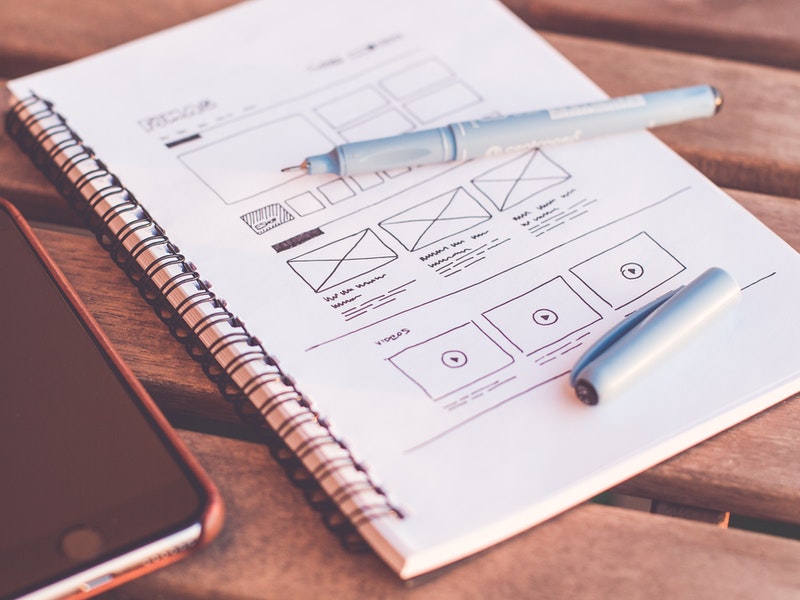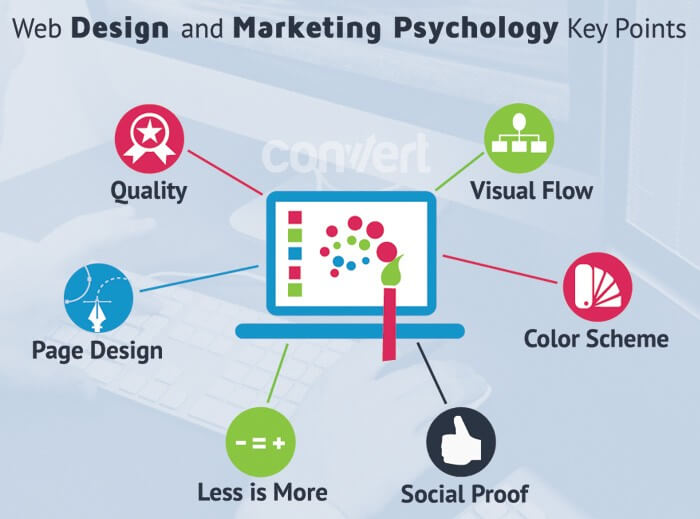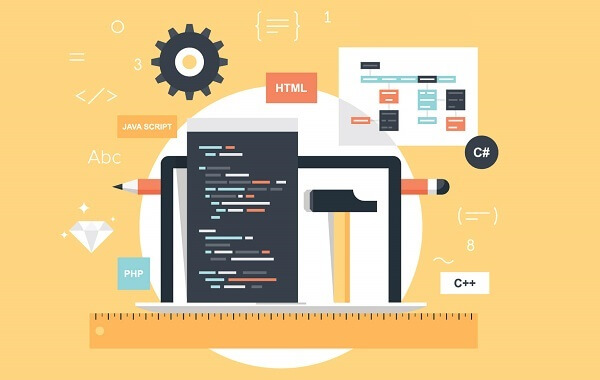6 Phases of Website Design and Development

Good website design and development efforts are essential if you want a website that grabs user attention and meets their needs. There is a lot that goes into building a website from scratch. Website design and development is divided into six main phases with a lot of work in between. The following are the steps you are expected to go through when designing a website:
1. Gather information
You need to take time and gather information before coming up with any website design Geelong concepts for a new website. A website should all be about answering user needs, and to do so, you need to find answer to the following questions:
- What is the purpose of the site? To sell a product or service or to give information?
- What are planning to accomplish if you build this website? To make money or to share information?
- Is there are specific group of people that you expect to address with this website? You need to create a website that matches the interest of the ideal person within your demographic characteristics. You need to consider thing such as age, sex or occupation to determine the design style for the website.
- What kind of information is your audience looking for?
You may need an in-depth discussion with your client in order to determine the purpose, goals and expected output of this website. Customizing design to the needs of a particular audience ensures that you end up with quality users rather than quantity.
[Tweet “A website should all be about answering user needs #webdesing”]
2. Planning
You use all the information gathered in the first phase to come up with a plan for the website. This plan will be the guiding blueprint throughout the design and development process. The plan will guide on the different topics you need to cover on the website as well as the subtopics, the kind of content you need to use and the color schemes. You need to come up with an easy to understand navigational system for the website, which flows logically from one topic to the other in the content of the site. You can also start planning for the technologies to implement such as content management systems.
3. Website design
At this point, you know the information you need to present and the order in which to present it. Now you need to determine the look and feel of the website, which is what web design, is all about. At this stage, your target audience needs to be at the back of your mind with every decision you make. The design of the website determines how well your audience will interact and respond to the information that the website provides. Websites for children look very different from a corporate business website.
You need to choose the right colors, typography, layout, graphics and images that will make the website completely responsive to the needs of the users. You need to be in constant communication with the client to ensure that the website design meets their needs. You can come up with a number of concept designs and with the help of the client, choose one that best matches the function of the website.
4. Development
[Tweet “Good website design and development efforts are essential if you want to grab user attention.”]
You have the information, the plan and the design so far. Development is the phase where the website comes to life. The website developer will use various programs and software to integrate the elements of the website design into a fully functional website. During the development stage, there are two very crucial skills necessary to develop a great site:
- Coding
Coding is the instructions you give to the computer to perform specific actions. Personal computers, mobile phones, microwaves and calculators all run on code among other things. Therefore, good coding ability is crucial to the development process. Without coding, the website design is completely useless because computers are all about following instructions.
Coding during website development will automate the various components of the website and enable the website to function. Website developers have to develop code for every element of the website. This can get pretty detailed.
- Programming language, PHP
Programming language is how the code is executed on the web server. PHP in particular is a set of embedded codes that contains HTML. HTML is the programming language used to create the basic structure of the website. PHP codes are executed on the web server to generate HTML, which is sent to the client’s browser, as a functioning website. The website function is as a result of running the script while the client would never know the underlying codes. PHP is simple and yet has many advanced features that a professional programmer can use to write scripts for websites.

5. Testing
At this point, the website is up and fully functional but not released to the public yet. It is important to test the website before releasing it to make sure there is complete functionality for all the scripts. A good website should be compatible with different browsers and you need to test this by applying it in a variety of browsers on both PC and mobile devices. You need to make sure the website is viewed properly to all browsers.
Testing allows you to fine tune errors that might have been overlooked during the development process. You can conduct a small survey with representatives from the target demographic to test the website. These representatives are a great way to determine how internet users will respond to the website once it goes live. They can give useful insights on what improvements can make the website more favorable to them. Websites are made for internet users not designers and programmers, their opinion matters.
6. Website maintenance

Just because the website has been uploaded to the internet and is in user by internet users, does not mean the job is done. You need to constantly attract visitors back to your website and that is why regular maintenance is necessary. You need to monitor the website, update your content and repair any glitches that may develop with time.
If you are ready to start testing your design options and to experience Convert Experiments, we invite you to start your 15-day free trial.
